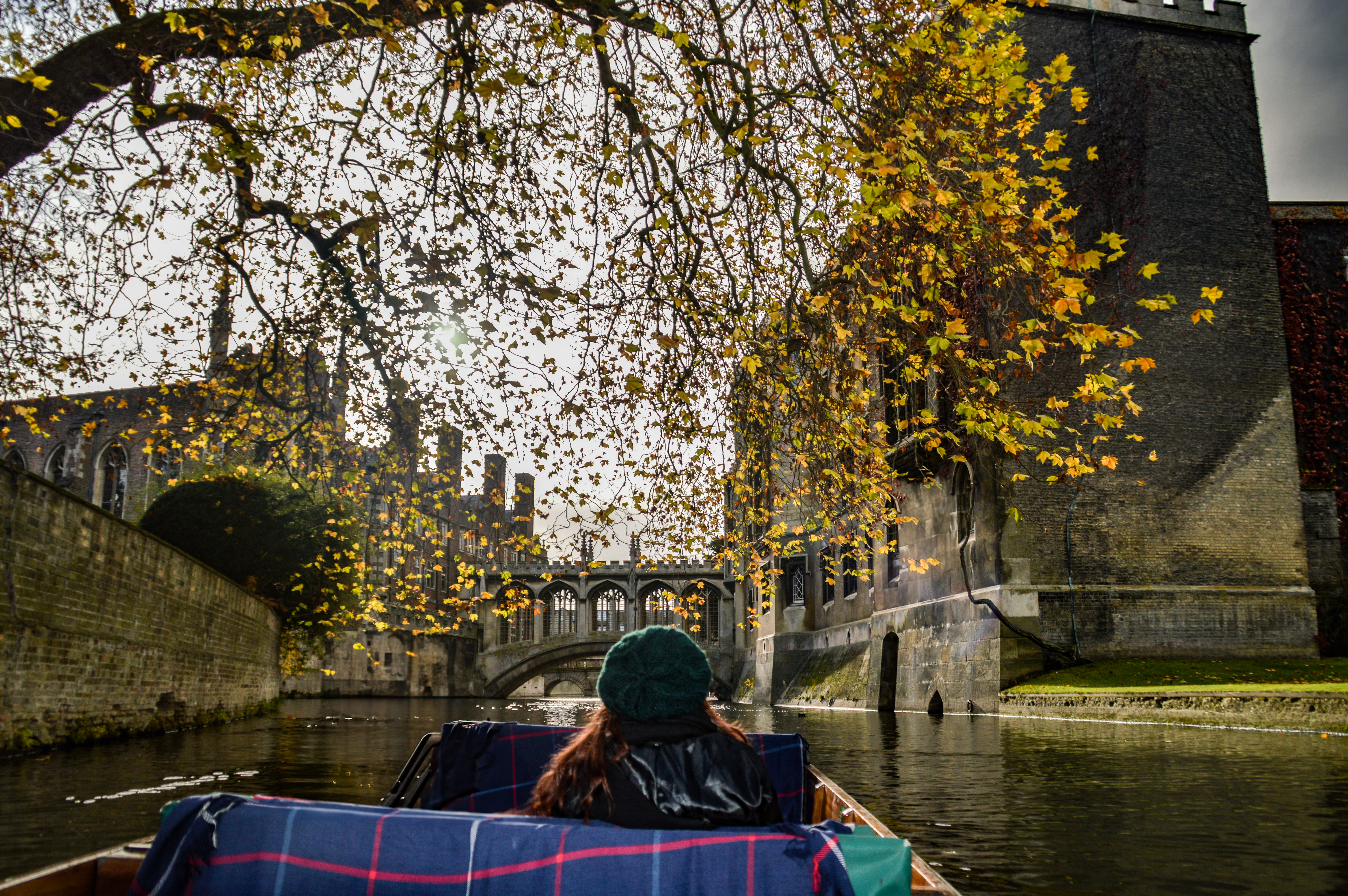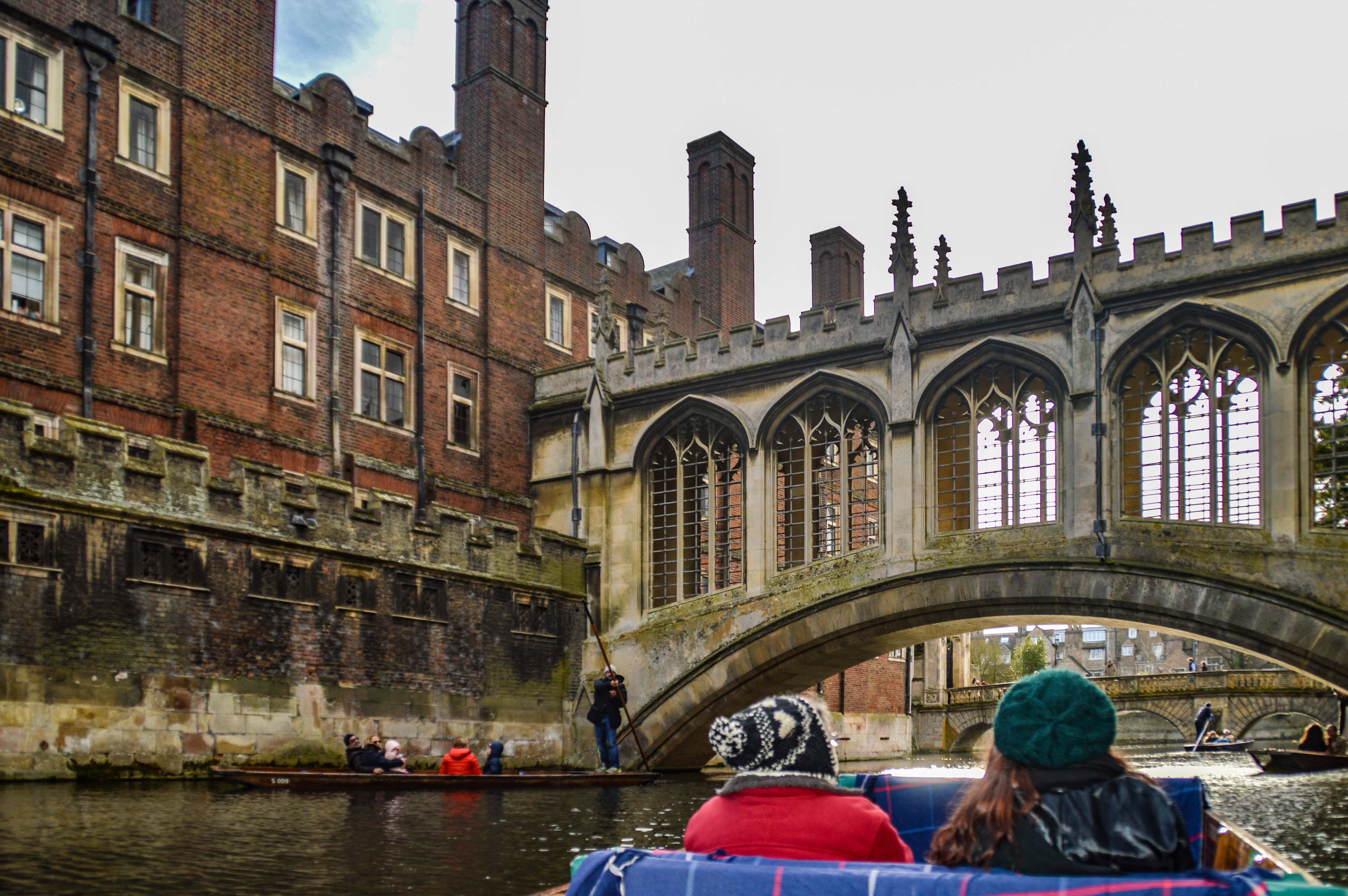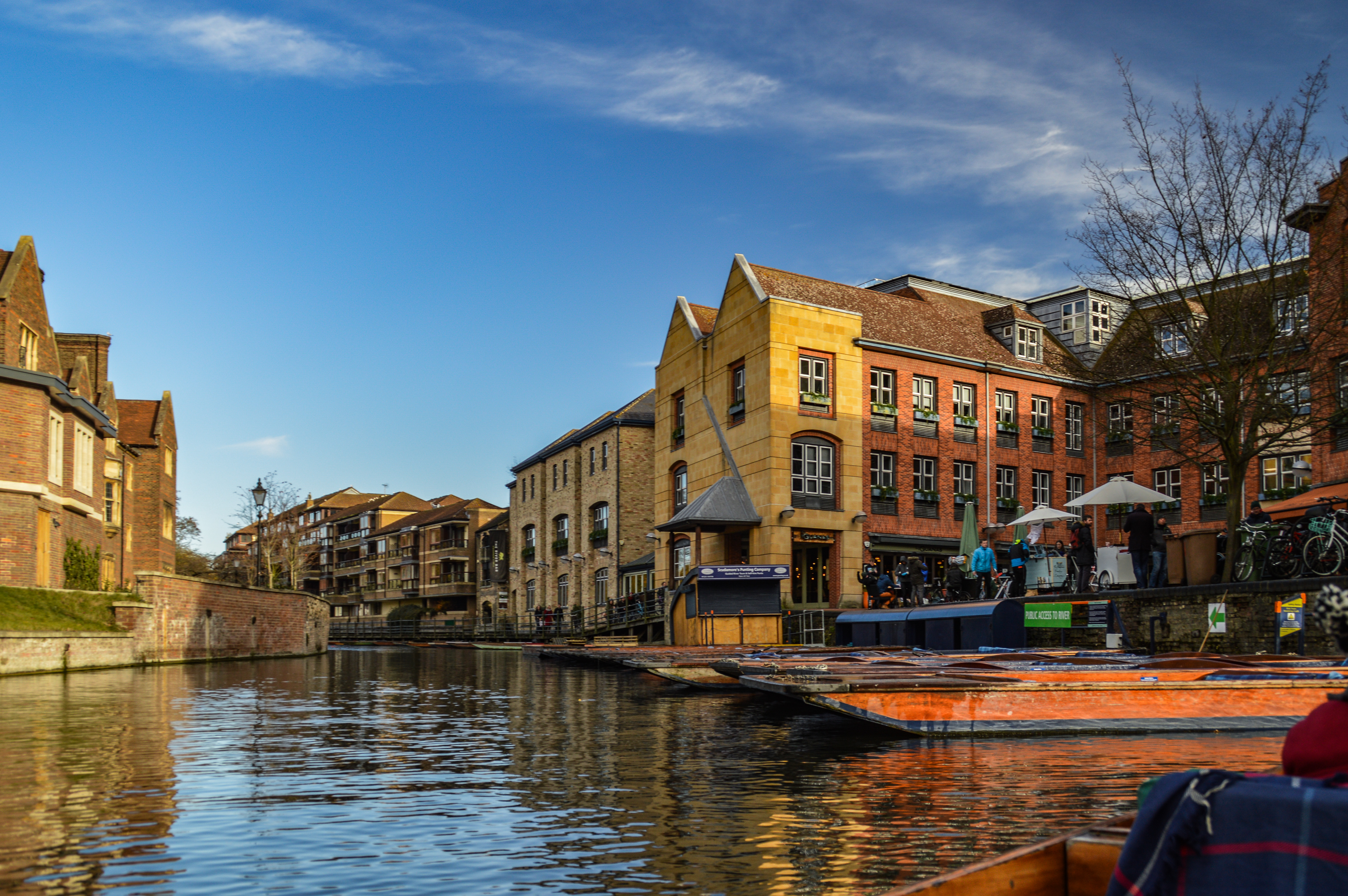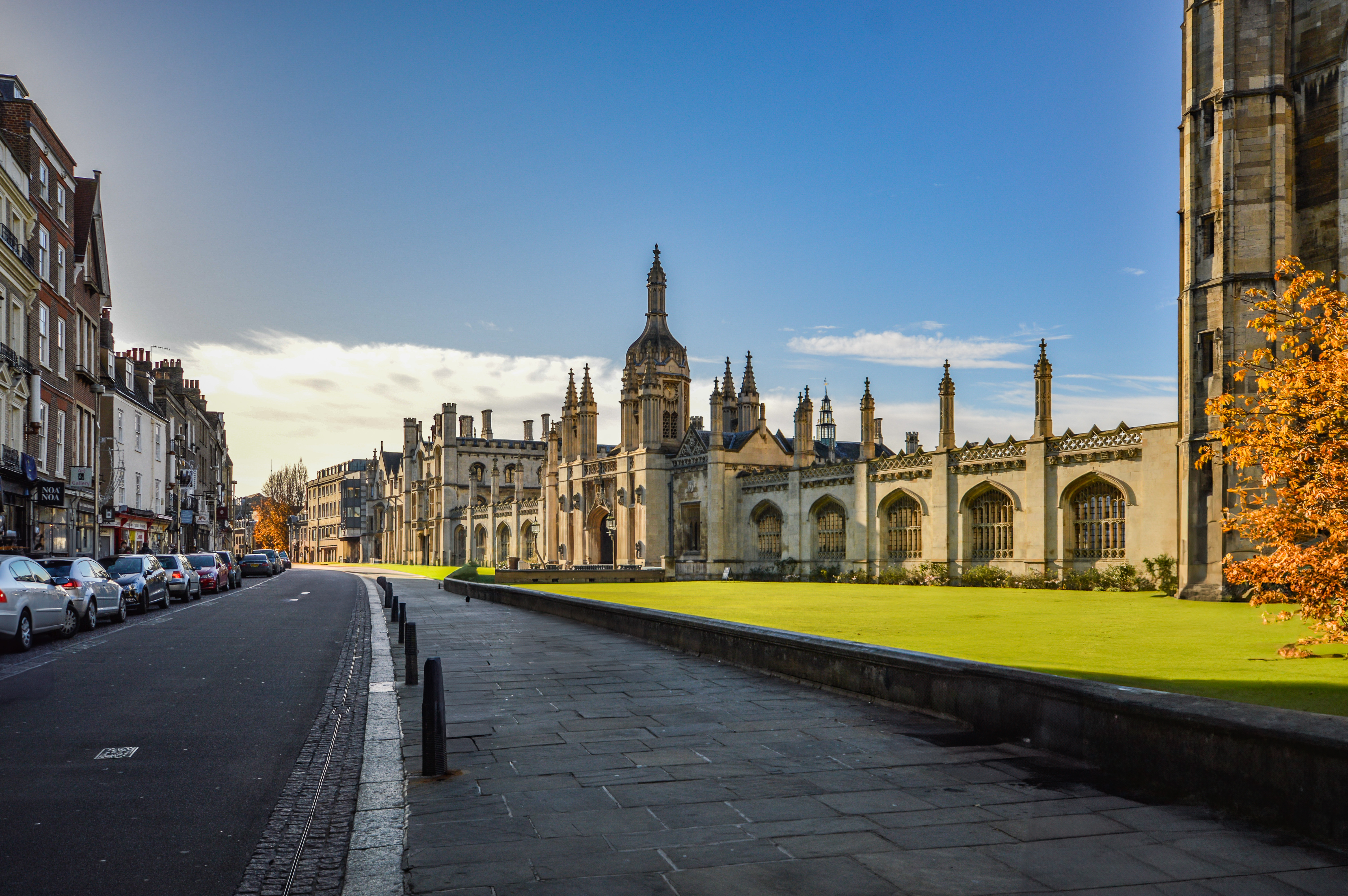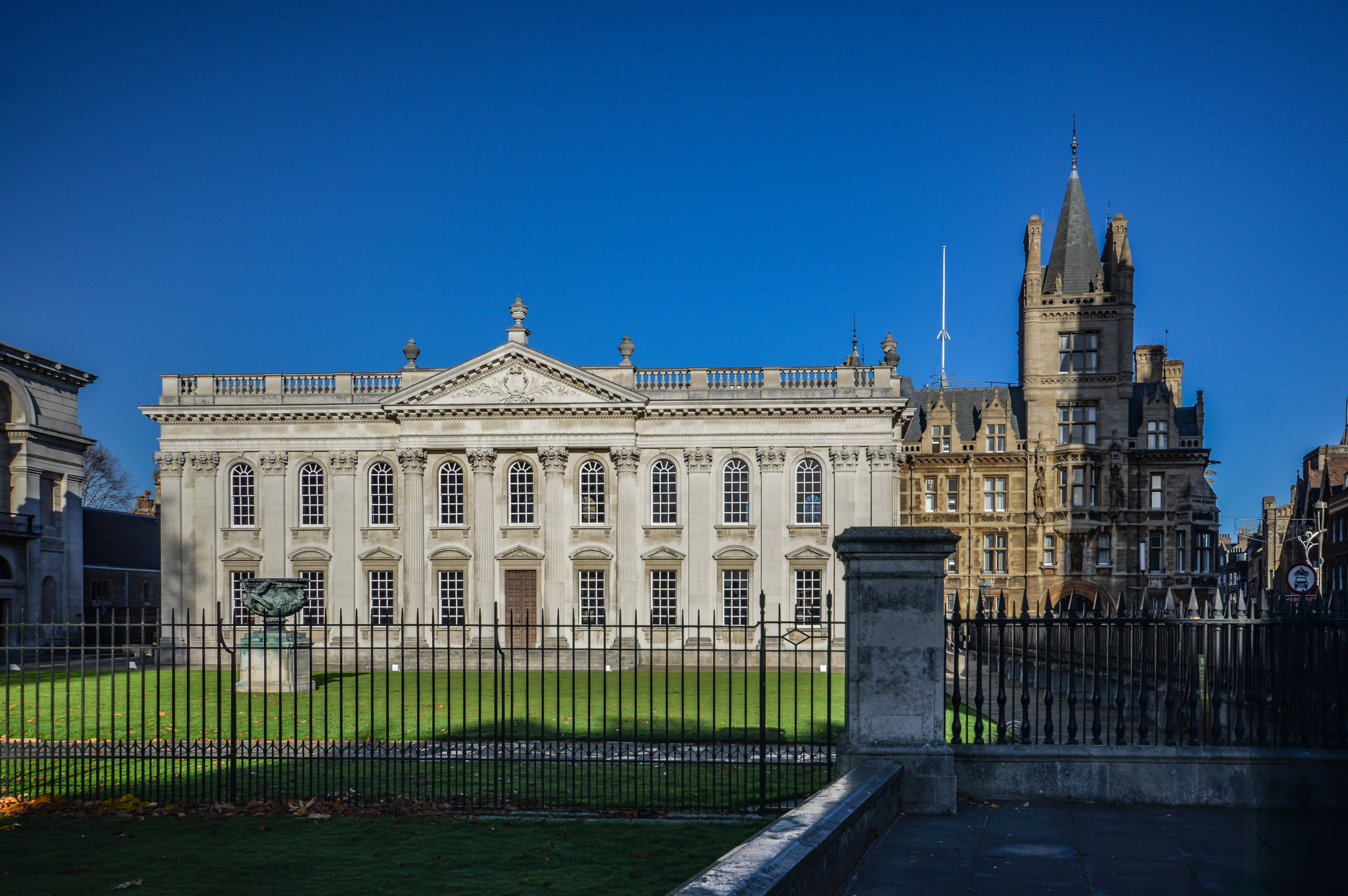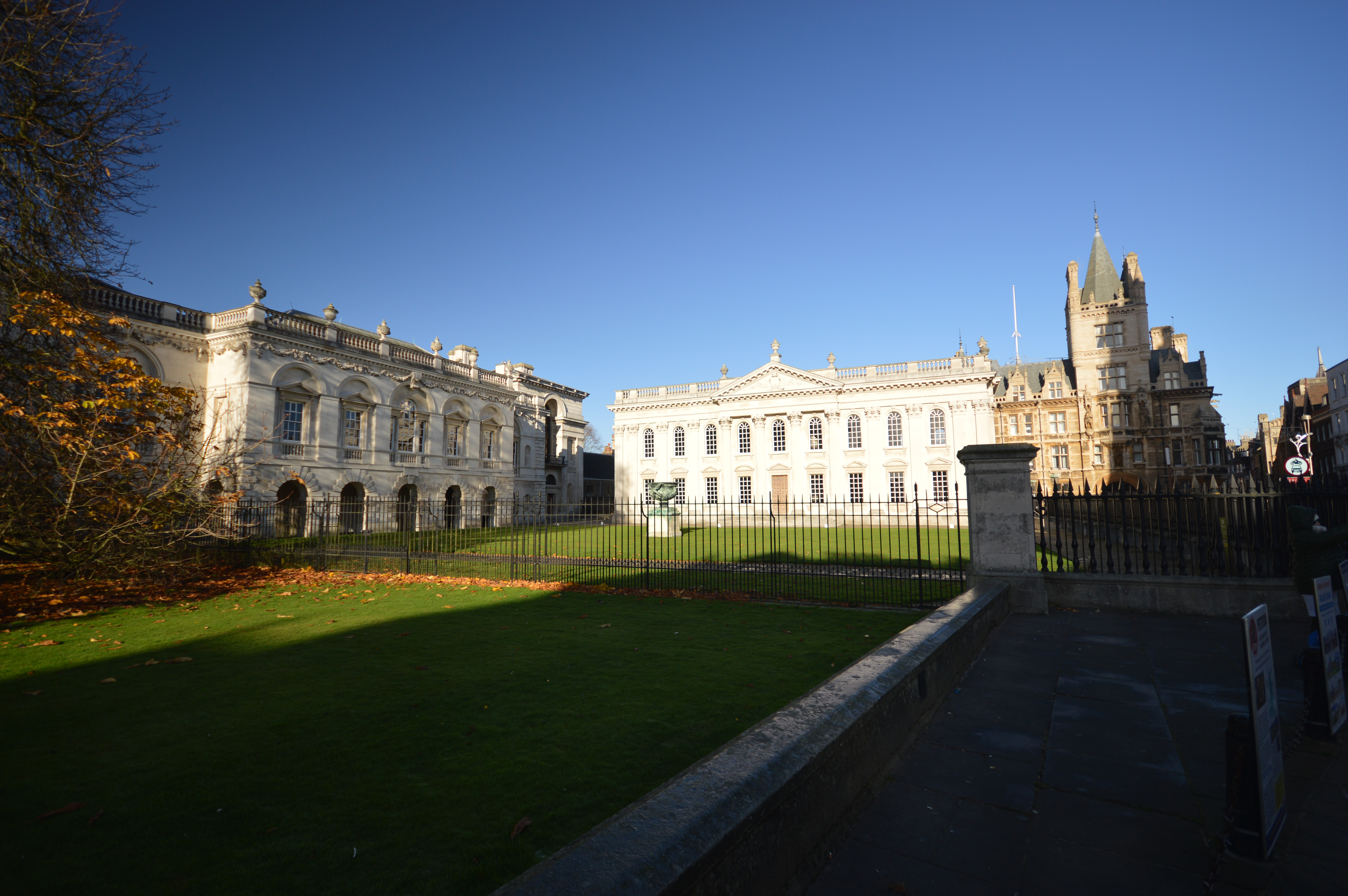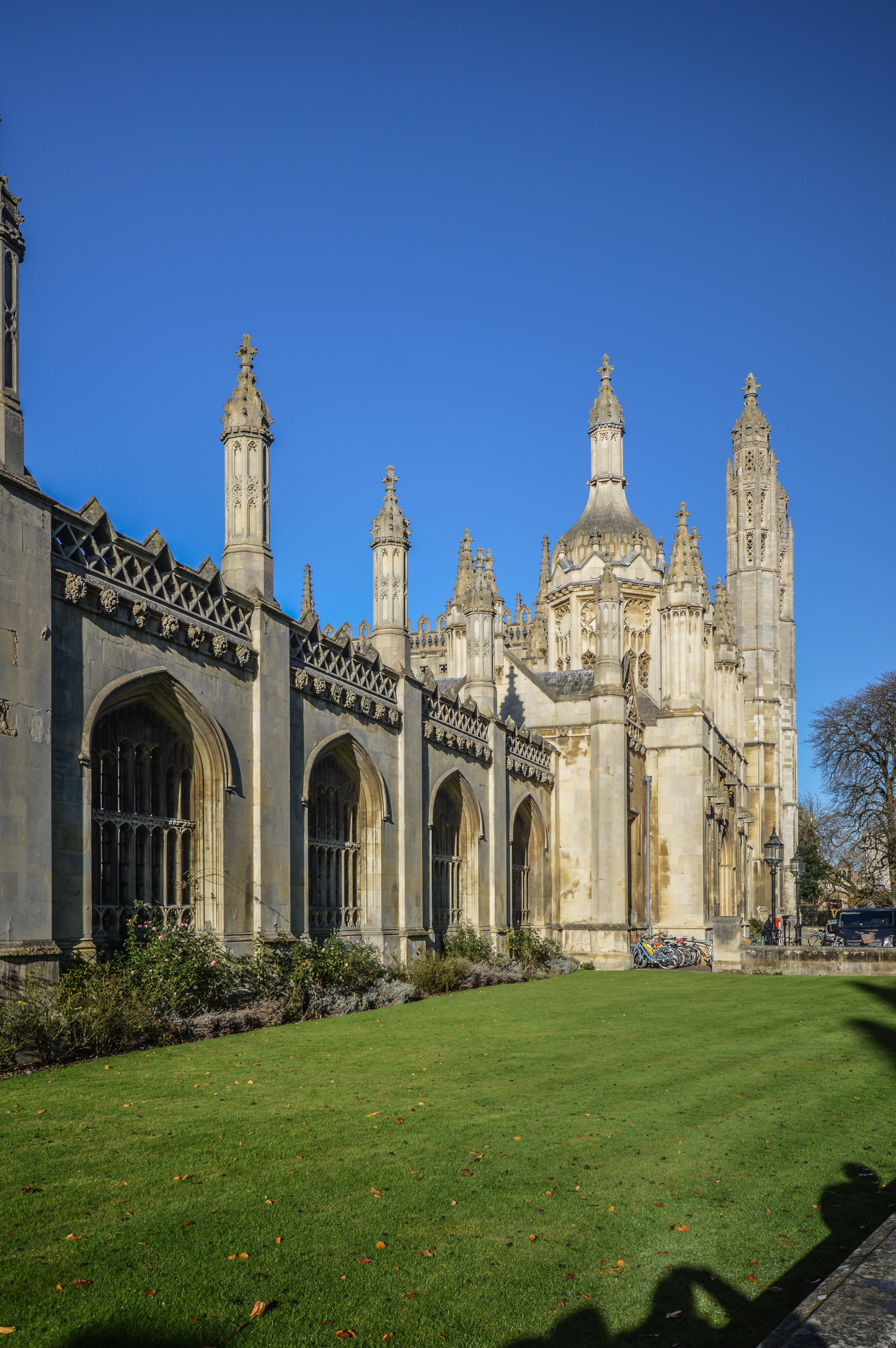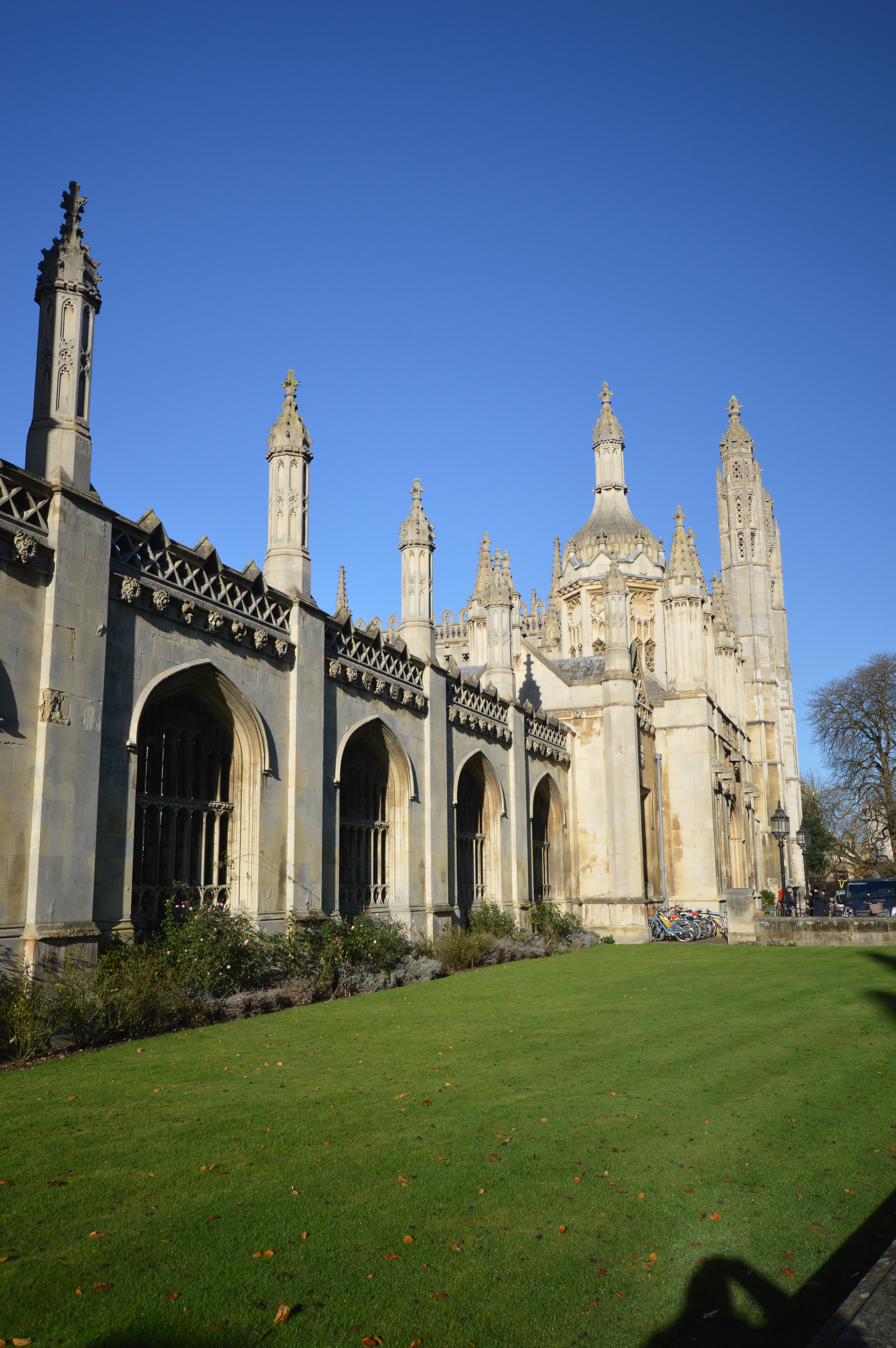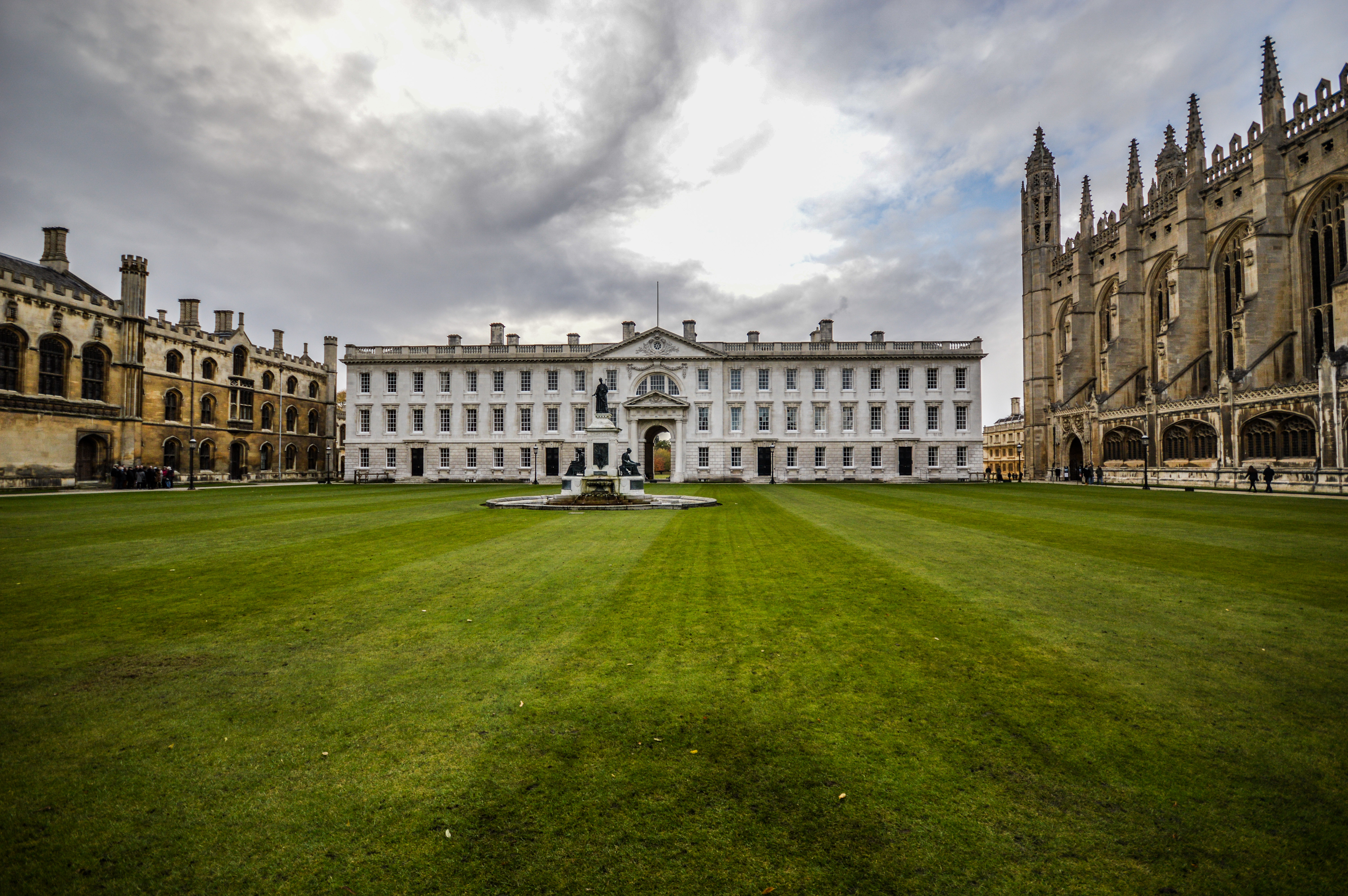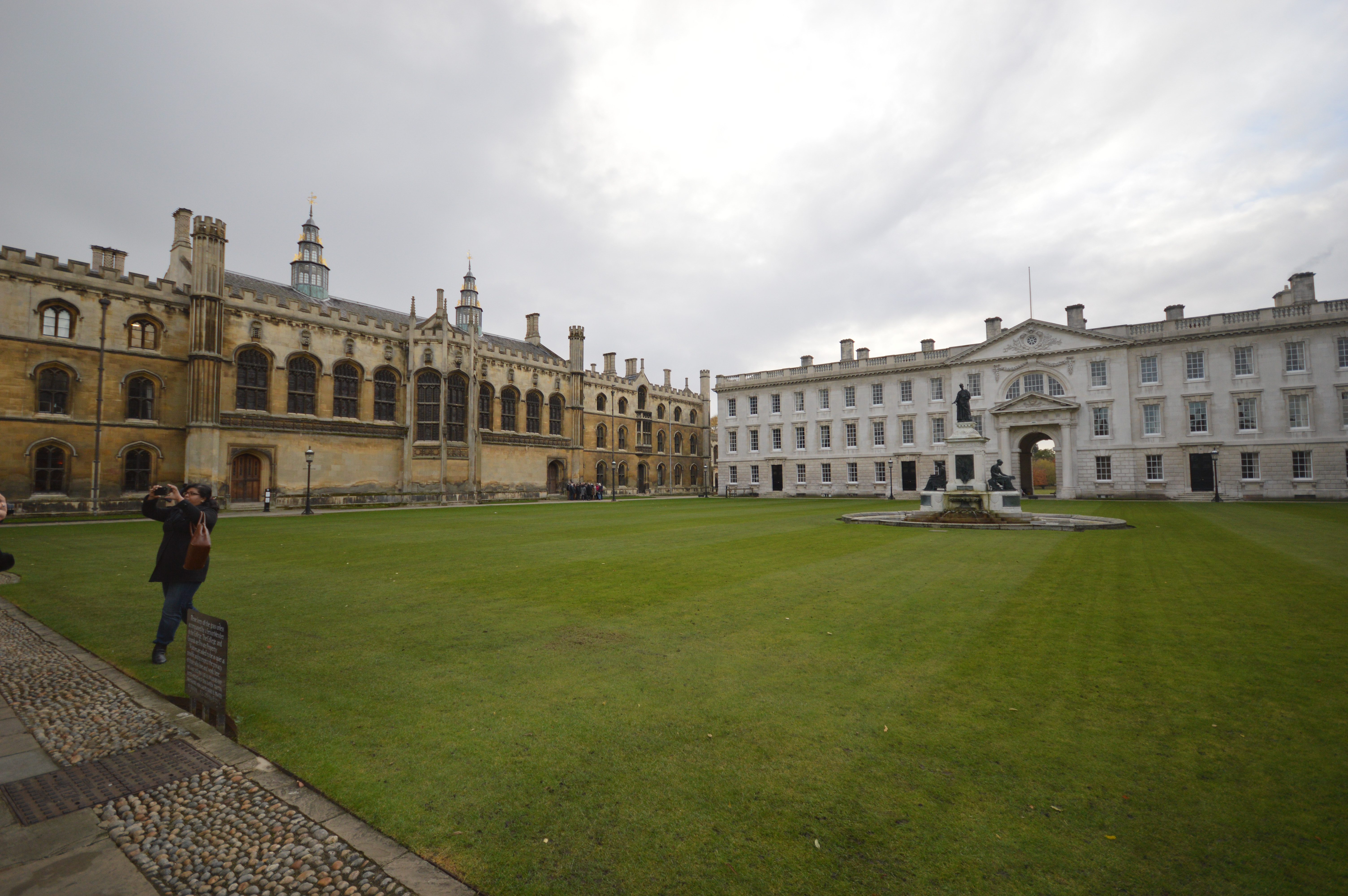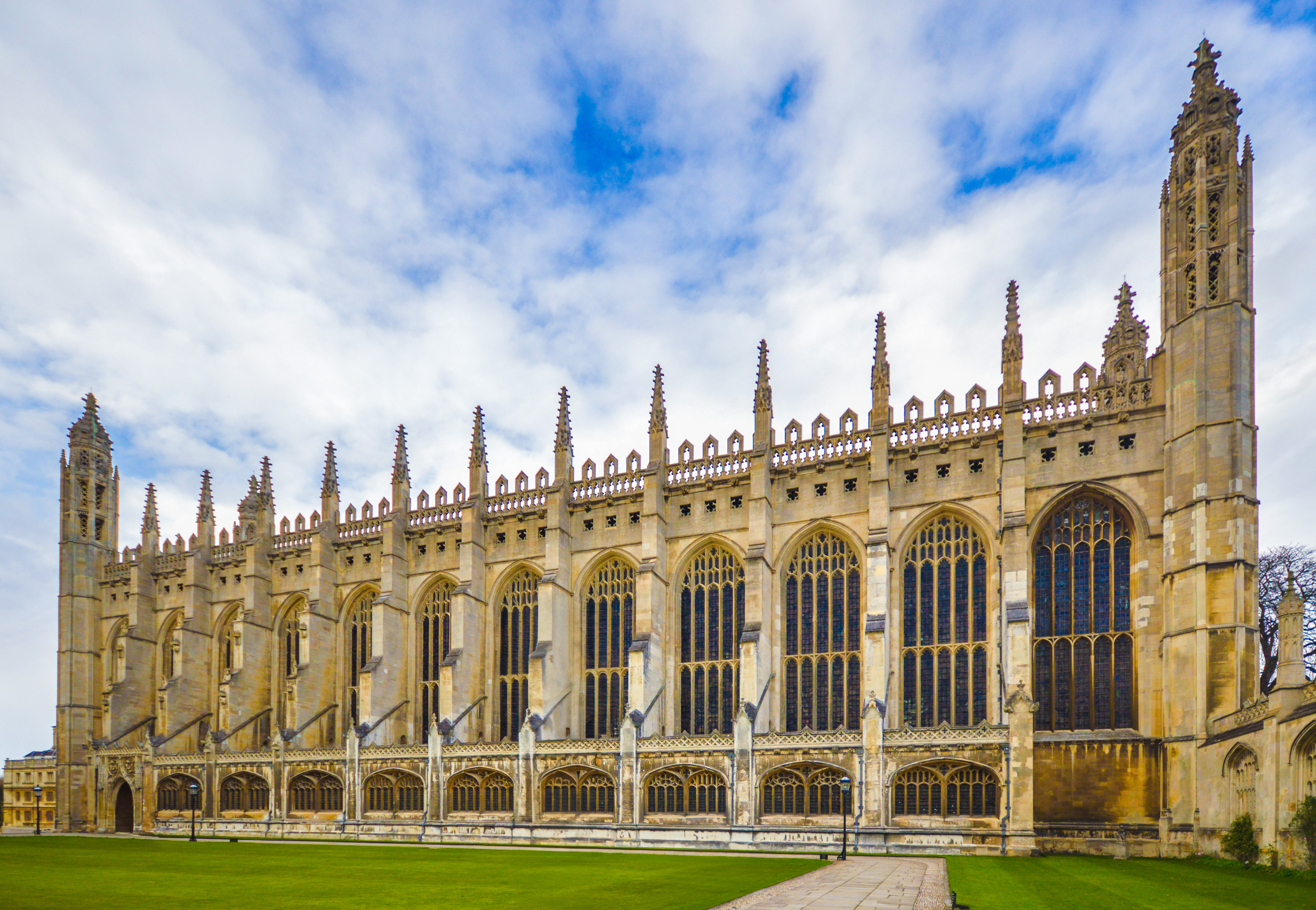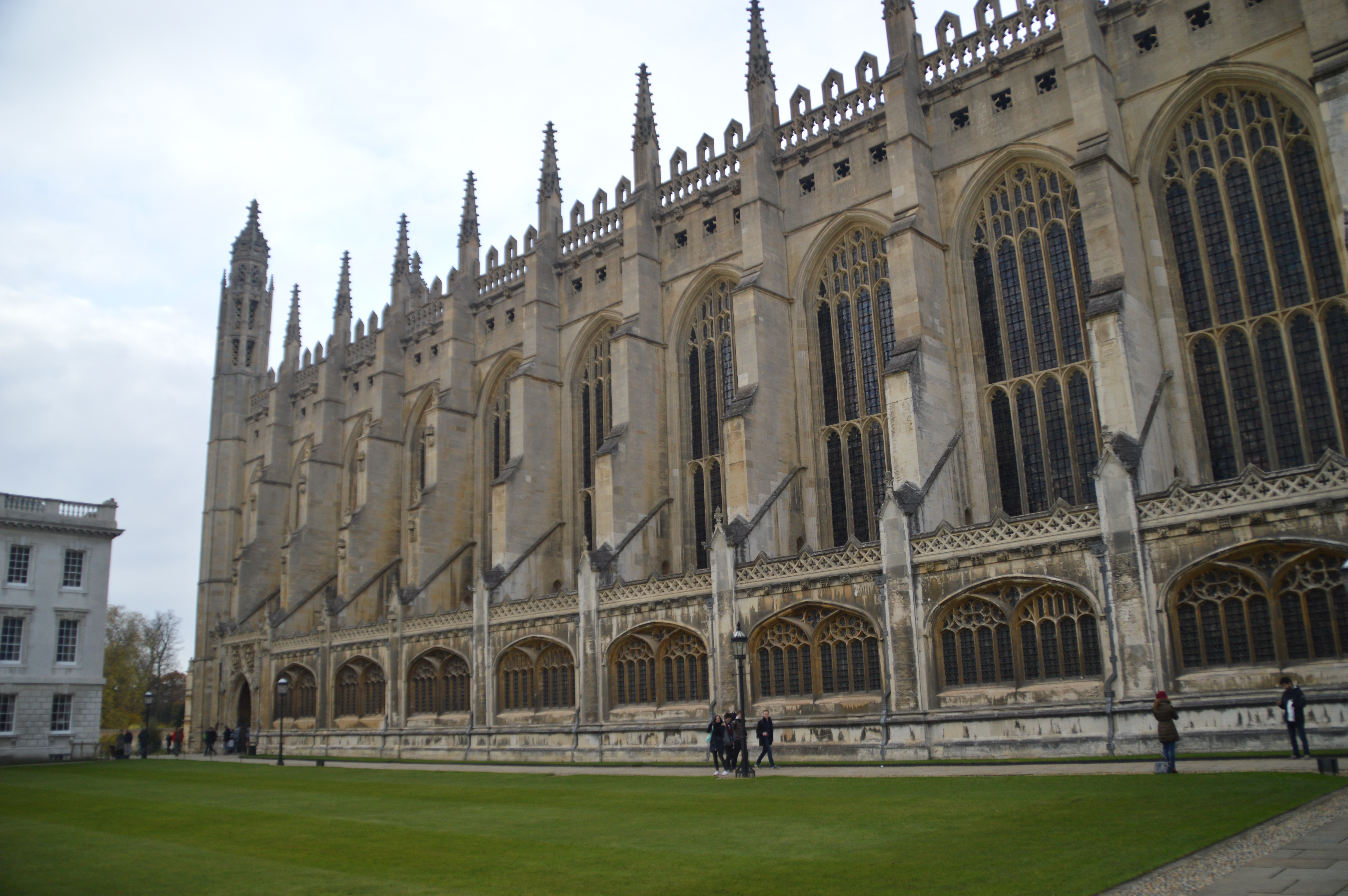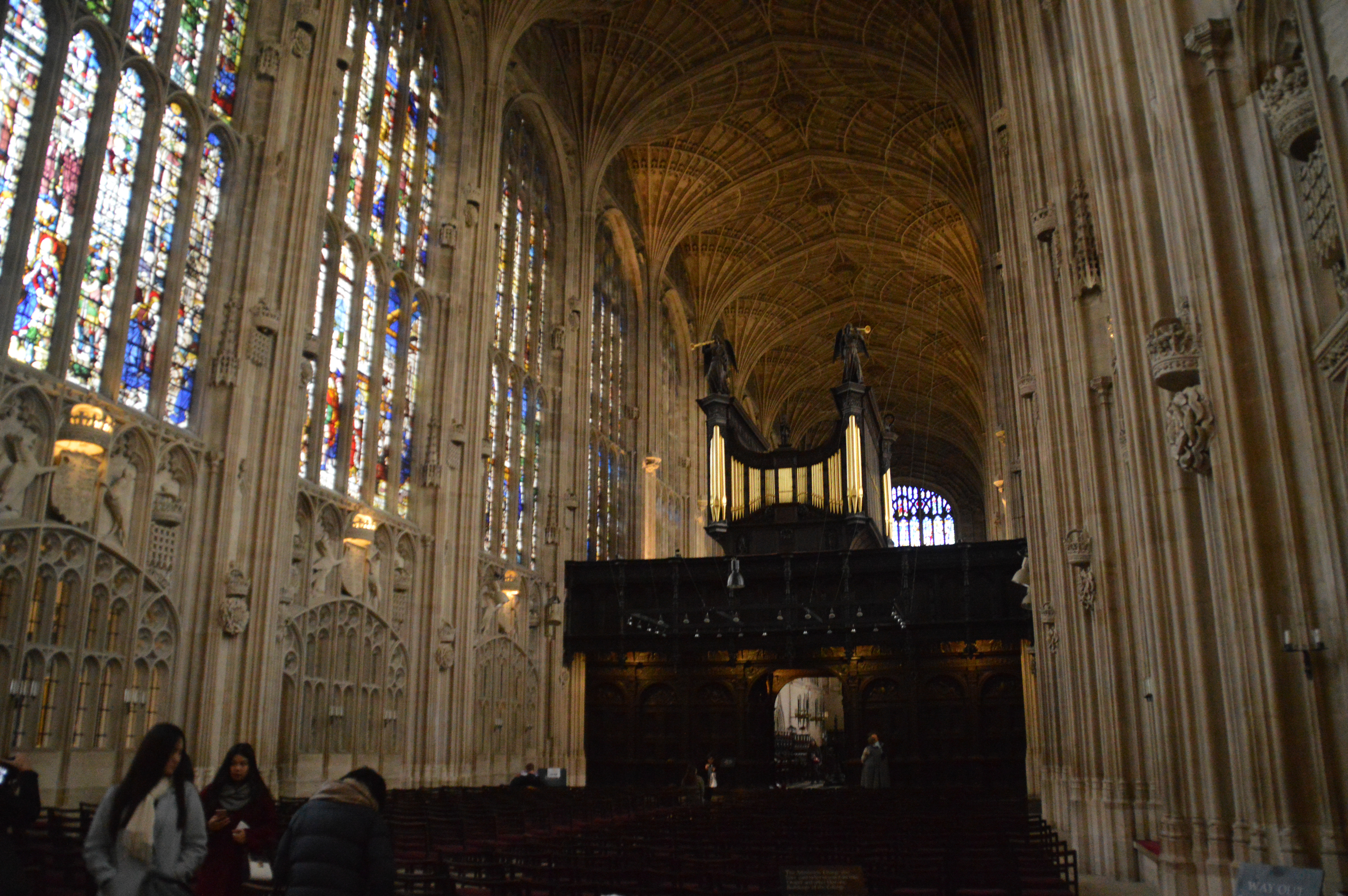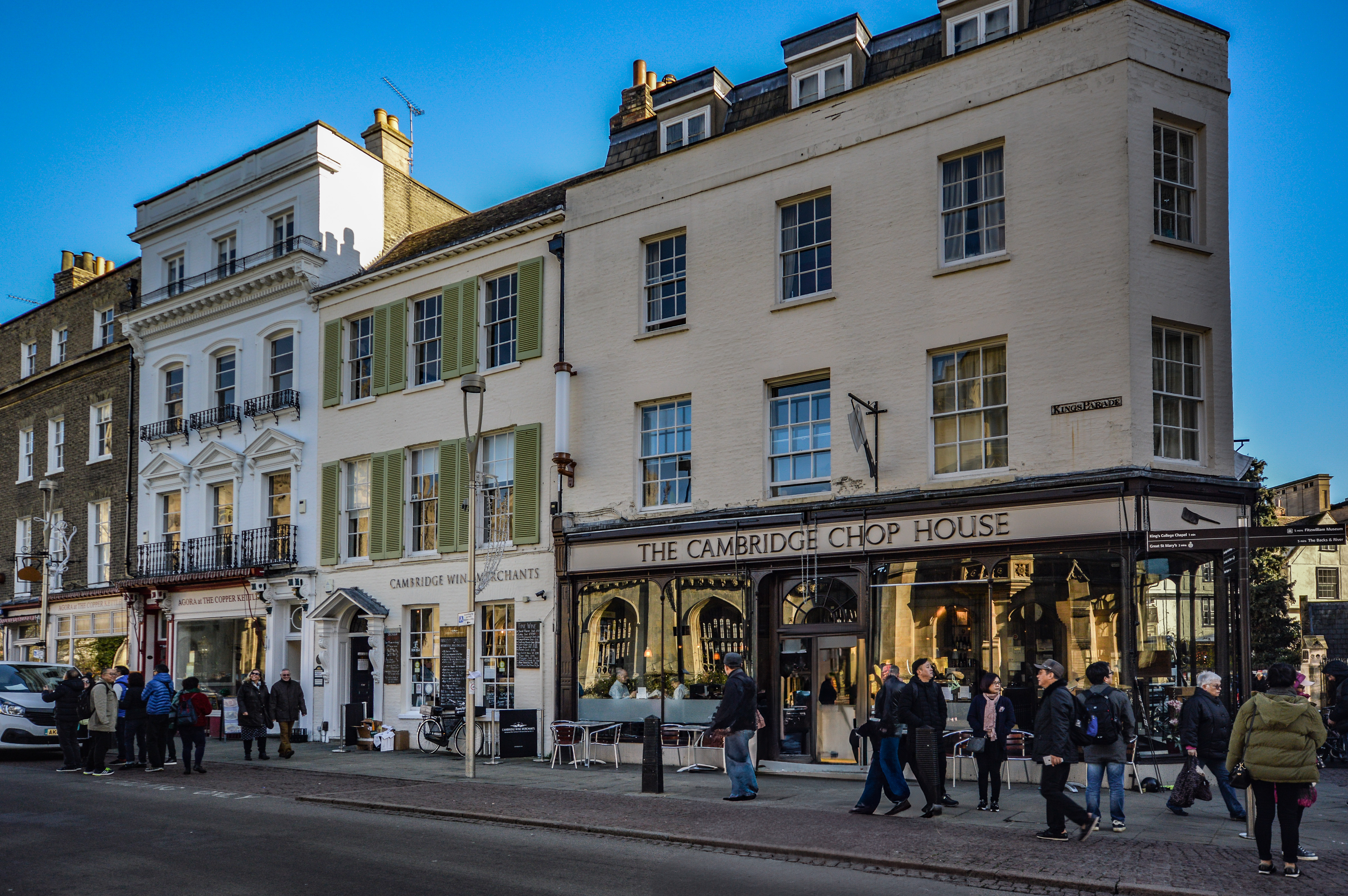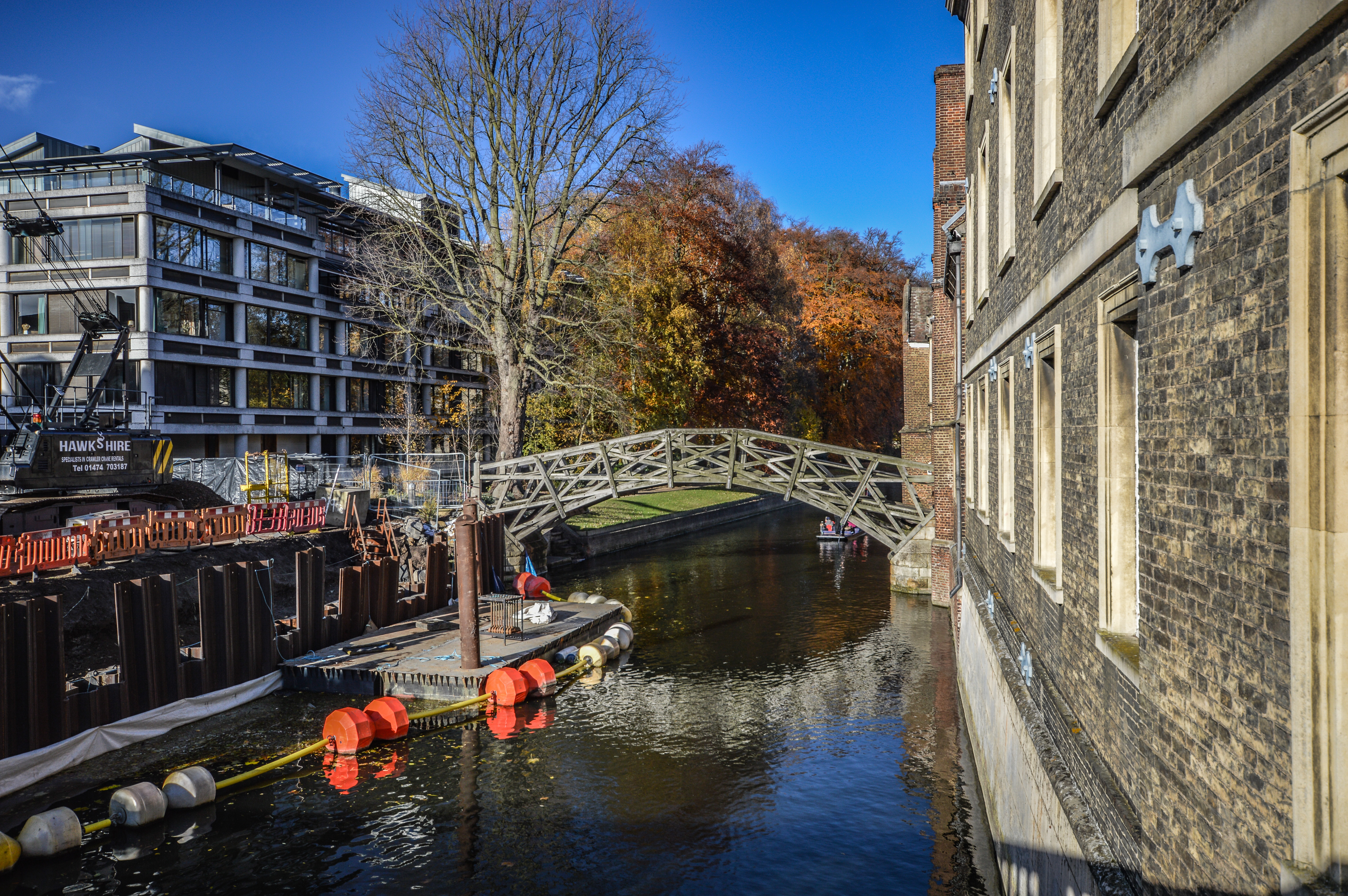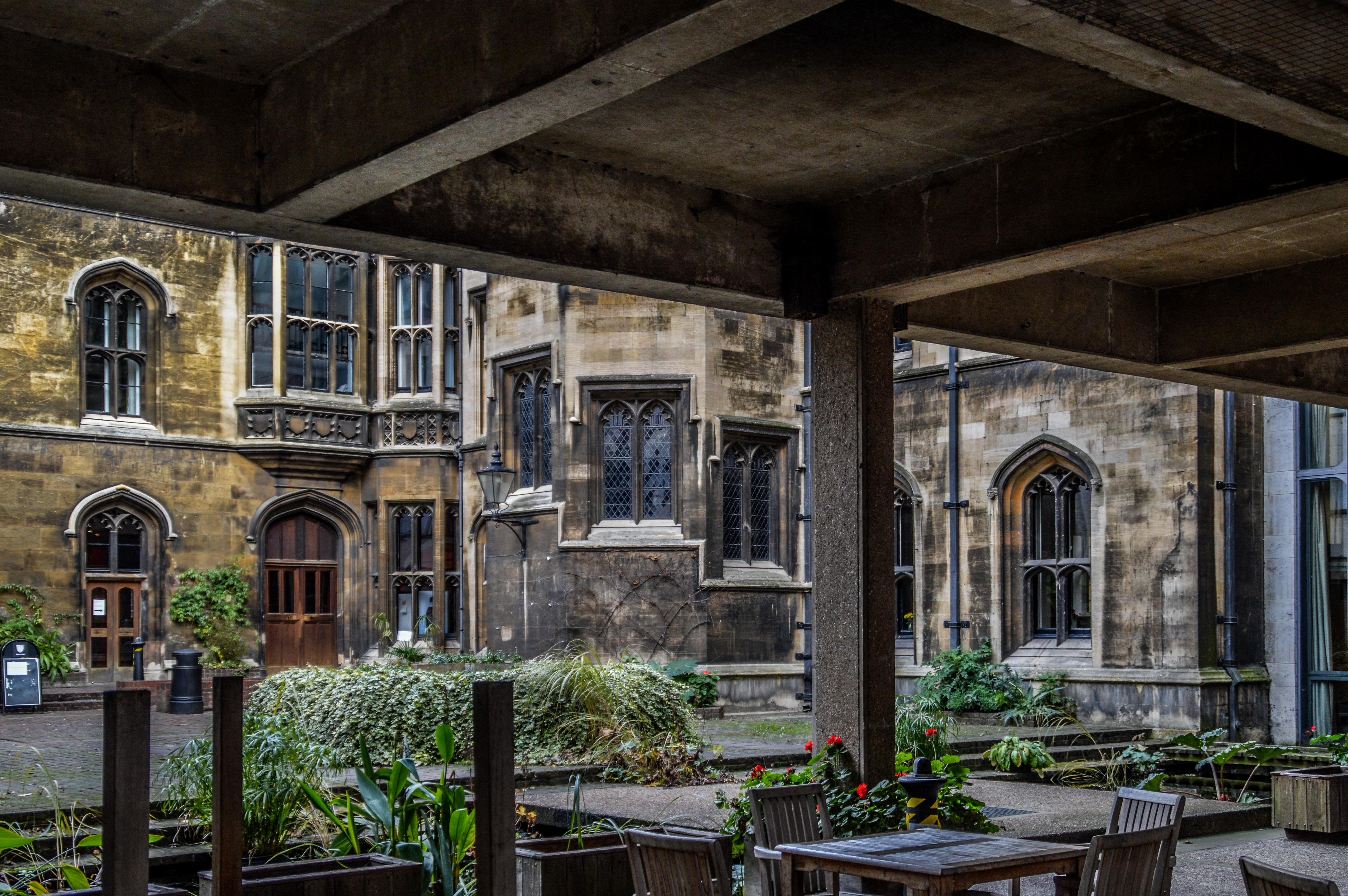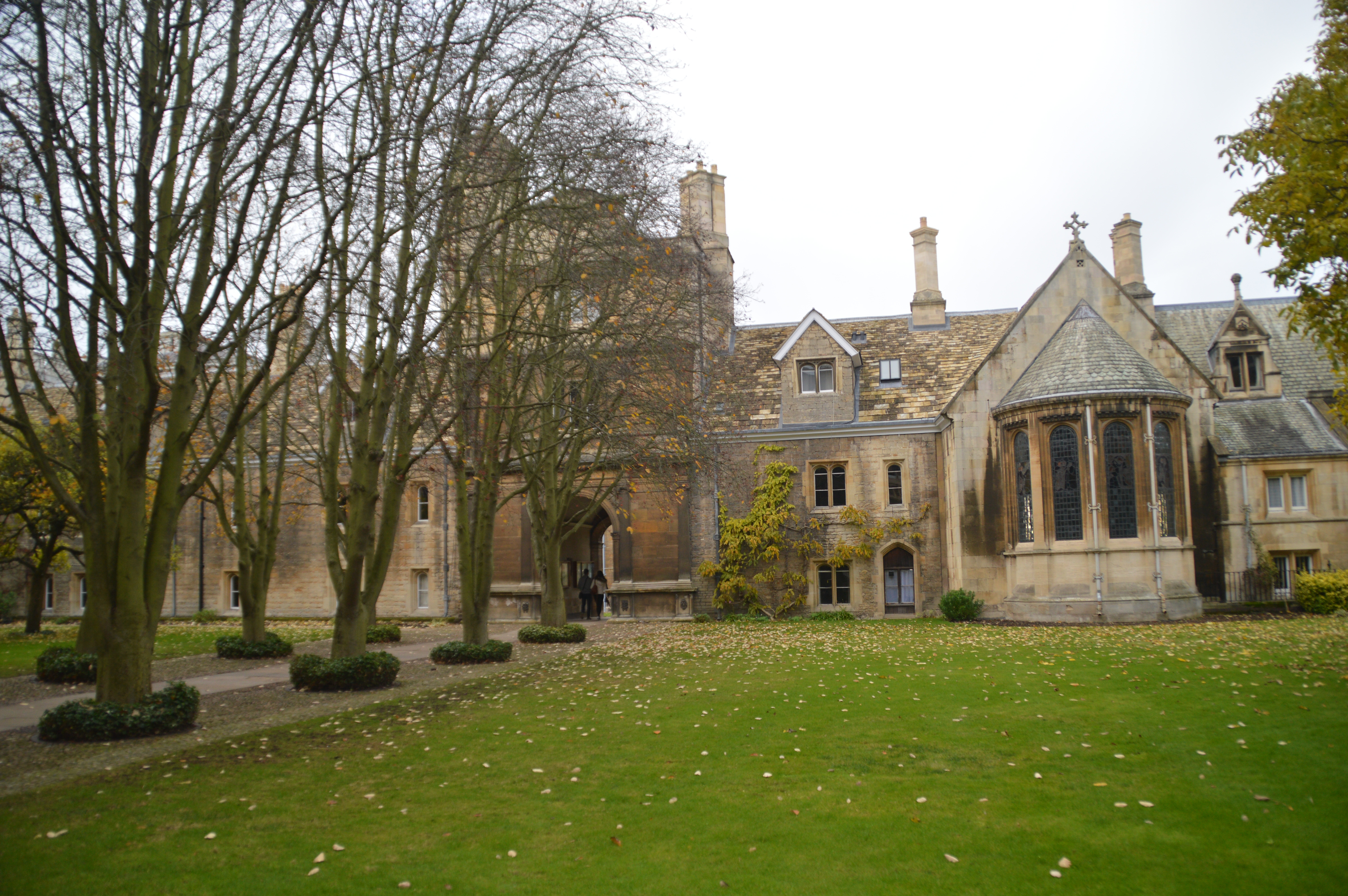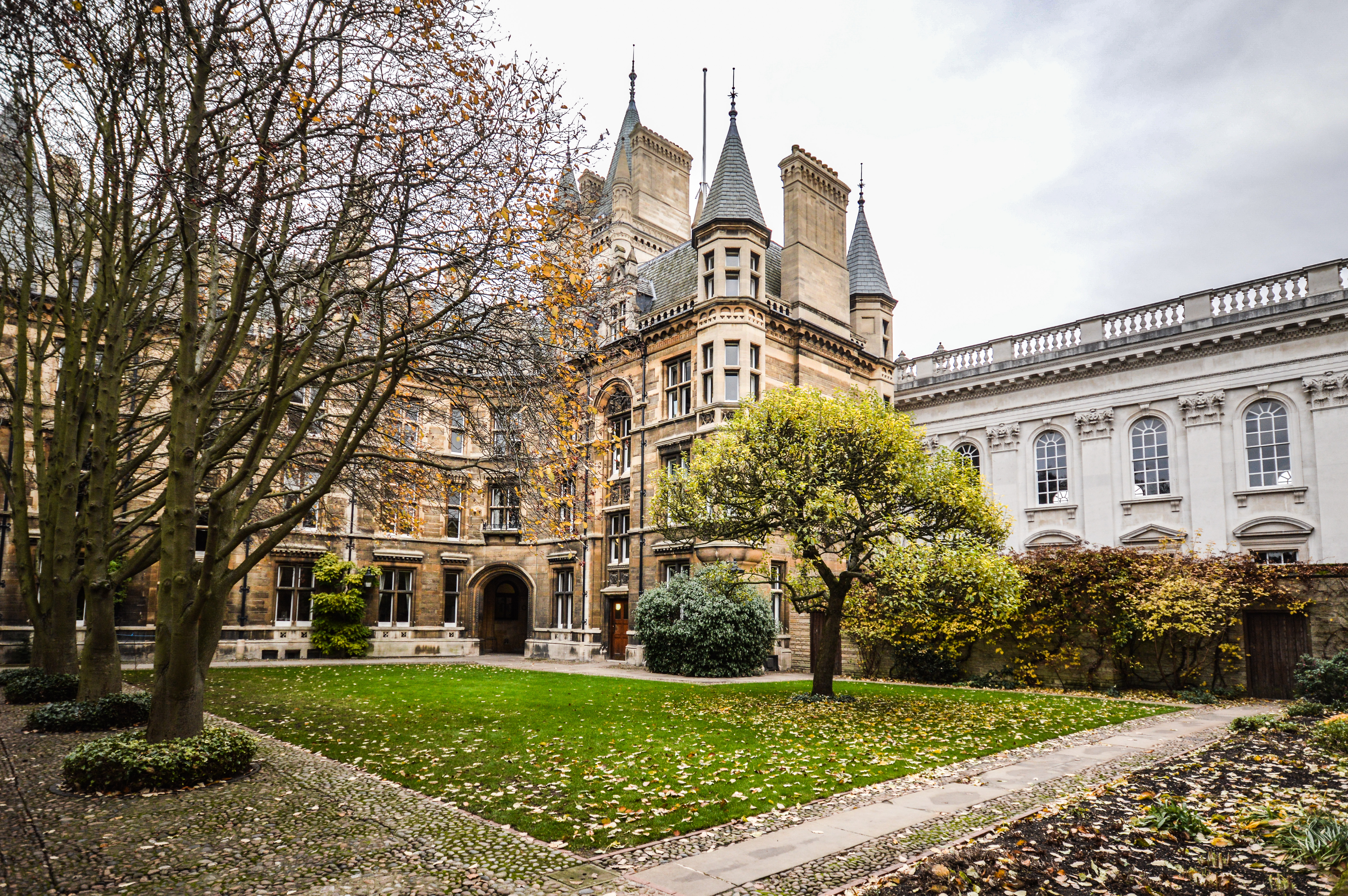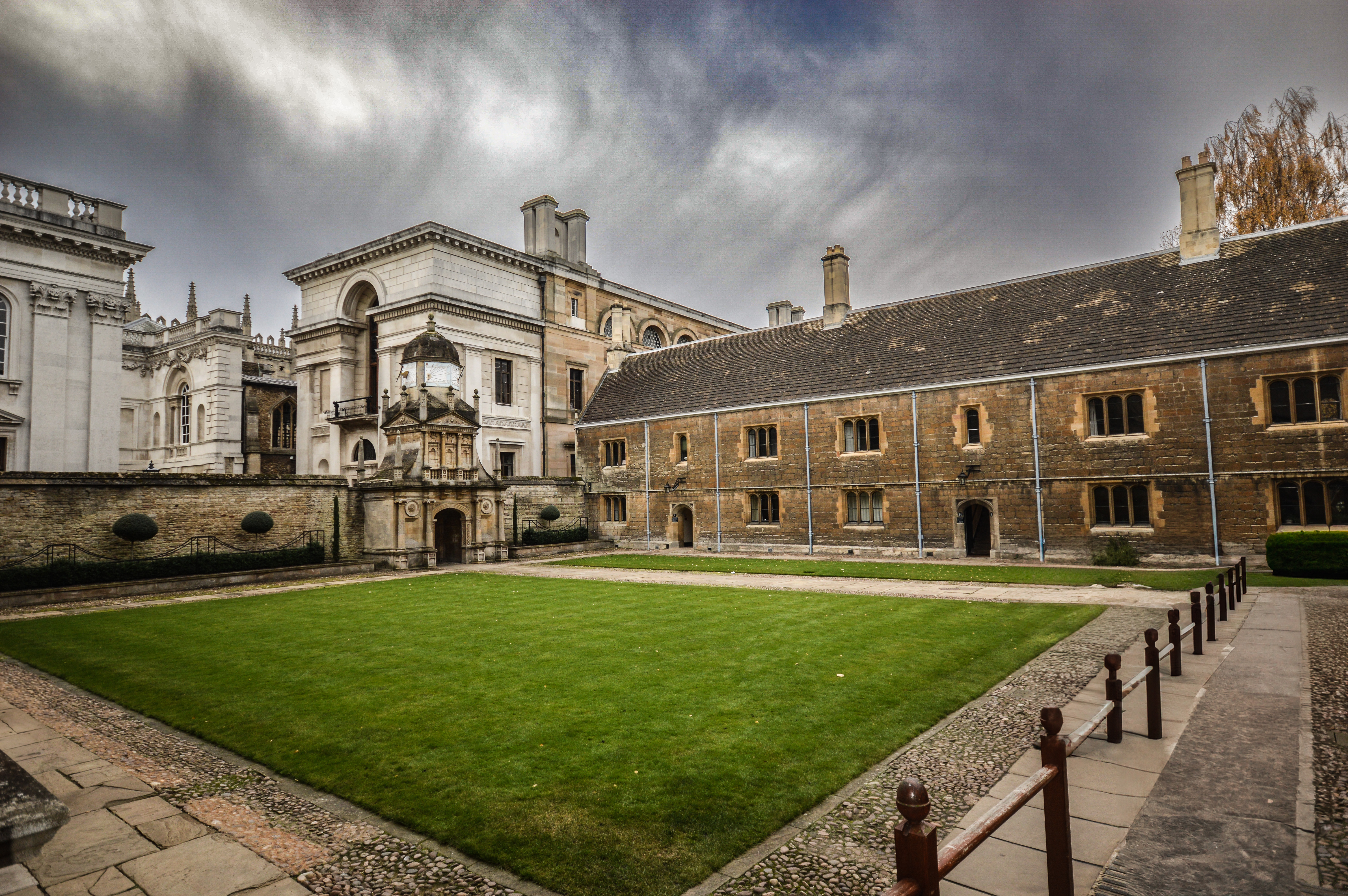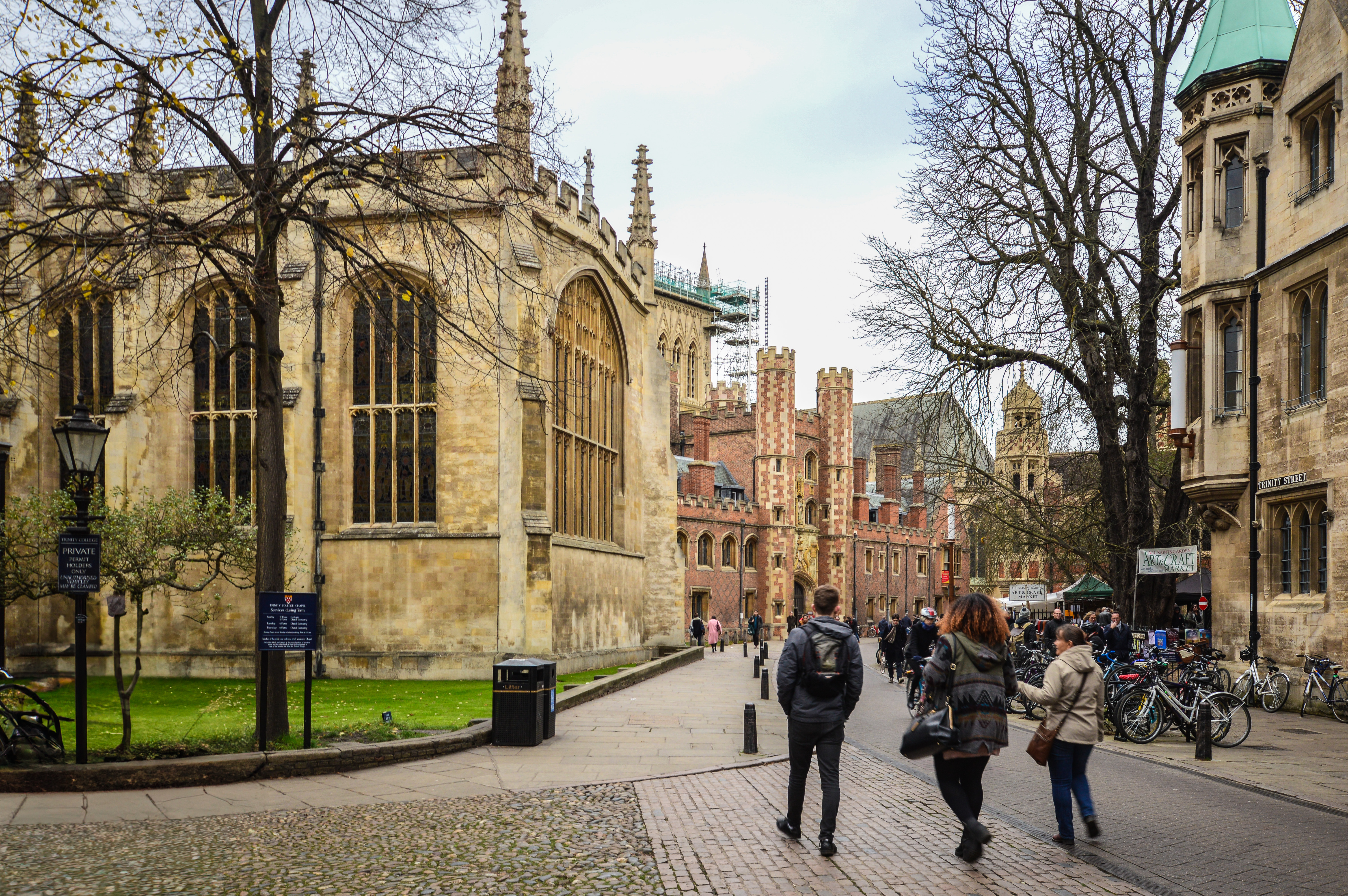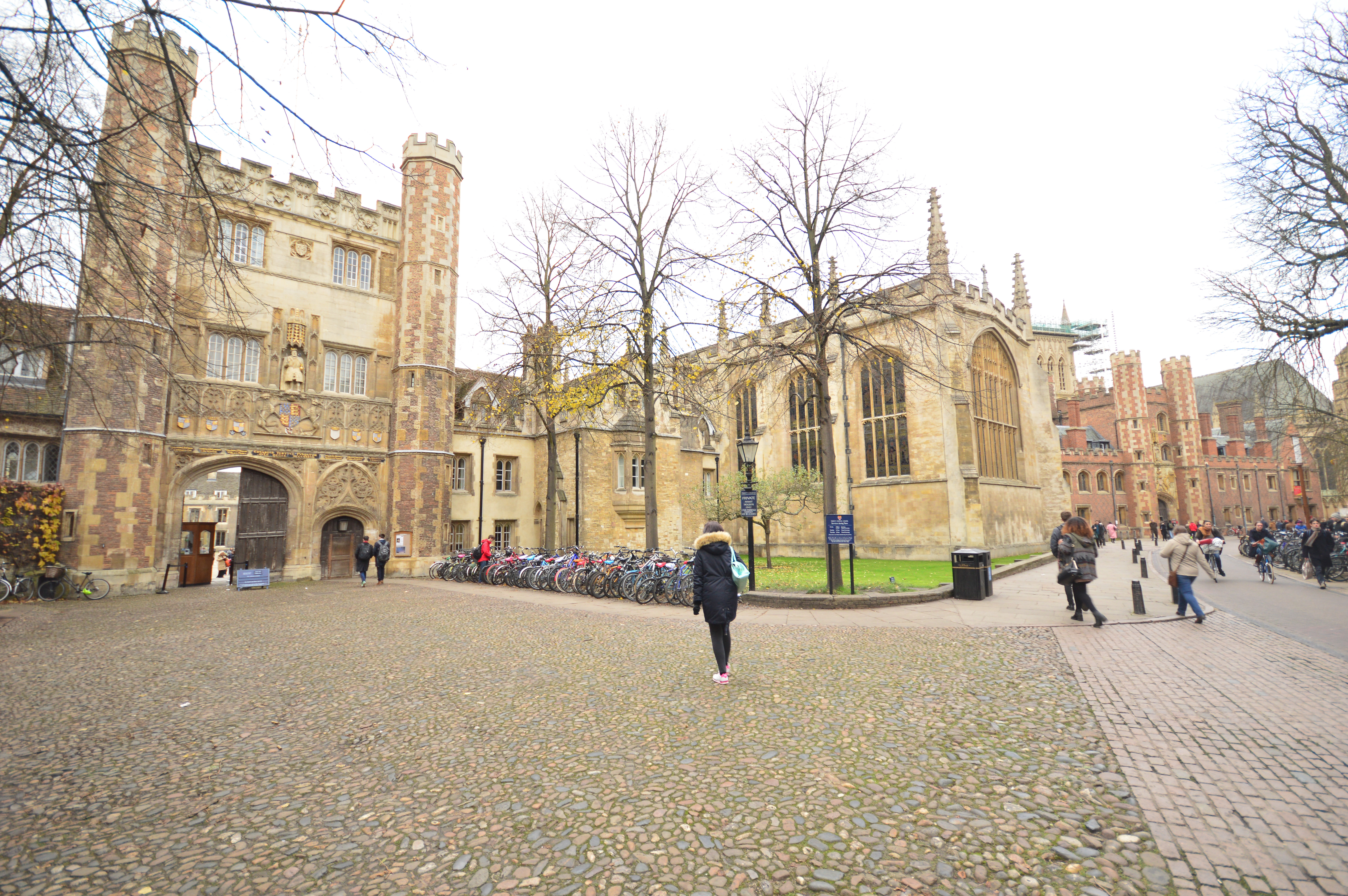The Bridge of Sighs
The Bridge of Sighs in Cambridge, England is a stone covered bridge at St John's College, Cambridge. It was built in 1831 and crosses the River Cam between the college's Third Court and New Court. The architect was Henry Hutchinson. It is named after the Bridge of Sighs in Venice, although they have little architecturally in common beyond the fact that they are both covered bridges with arched bases. The bridge, a Grade I listed building, is a Cambridge attraction and Queen Victoria is said to have loved it more than any other spot in the city.
In the early 19th century, St. John's College added accommodation on the west side of the River Cam, an area known as the Backs, with the construction of New Court. The new buildings and the bridge linking them with the original college buildings were designed in 1827 by Henry Hutchinson in the fashionable Gothic Revival style. Construction was completed in 1831, shortly before his death.
en.wikipedia.org
